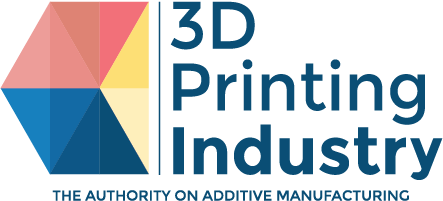Tim Potter is a self-proclaimed ambassador for the Libertarist Seasteading Insititute, thus not someone to always necessarily look for the easiest or simplest solution to a particular problem. With his new invention — the Key Waffle — a physical iPhone ”keyboard” produced on a 3D printer, the oceanic societies may not come particularly closer to reality, but as a problem solving process it is definitely something to look more closely into.
The first step of the inventive design process was through a phase of self-reflection: before converting to iPhone, Tim – a layman designer – used to be a Motorola Q user, which is a QWERTY (i.e. full hardware keyboard) phone. According to Tim, the concrete keyboard has benefits compared with its touchscreen equivalent – such as the user being able to use muscle memory to type messages and emails without actually looking at the device. This aspect was something that Tim felt he was missing when using his iPhone. He set about developing a solution that would give him the best of both worlds.
After recognising and defining the issue at hand Tim got his hands dirty at a hackerspace – using a 3D printer to iteratively test the dimensions and other critical aspects of his product design. In addition to the self-printed versions he also ordered finished products from Shapeways at several stages of the process – therefore getting even more up close and personal with the concept design ethos of repetition – trial and error.
Finally, after choosing the most suitable material satisfying his needs at both the functional and design levels, the Key Waffle was born with all the aspired qualities. To validate the product’s functioning on an iPhone Tim has posted the video below on Youtube.
So the final product is a neat little concept that works. But what about the larger underlying paradigm? Well, in today’s world when identifying seemingly minor issues — personal nuisances really — taking matters into your own hands is now possible — and much more accessible. Local hackerspaces, Fablabs, 3D print shops and such offer the means to develop and prototype the initial versions quickly and inexpensively, while Shapeways, Ponoko and other such 3DP services provide the means to easily acquire a more polished final product in the desired material(s) and with the required level of finish. It will also be very interesting to see what people like Tim — with no background in professional designing — will eventually come up with. Always interesting to ponder what the future will hold!
Source: Objet Blog


